Features of the choice of epoxy primer
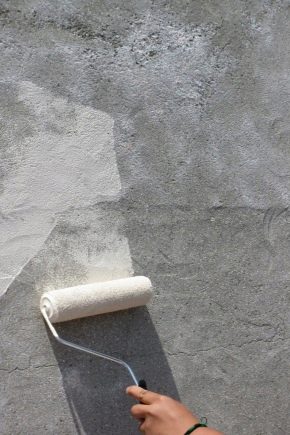
An epoxy primer is a material that can be used to form coatings that provide effective surface protection against corrosion. That is why it has gained great popularity among consumers. This coating is the "foundation", the rest of the paint and varnish materials are applied to it.
After reading this article, you will learn about the technical characteristics, the features of the choice of such primers, get an idea of their pros and cons.
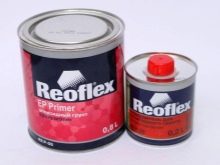

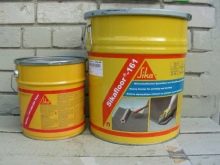
What it is?
Many people buy an epoxy primer to prevent rusting on metal surfaces. Such materials are often used for application to vehicles. They are well suited for light alloys, zinc-plated surfaces, ferrous and non-ferrous metals.
Epoxy primers are based on a special high-quality resin. They also contain polyamines (active additives) that have unique chemical properties.
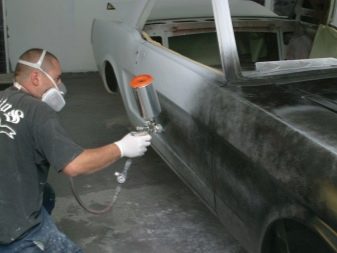
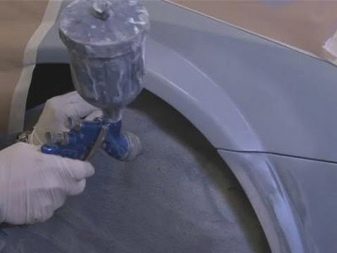
Such formulations are versatile. They can be used as thermoplastic insulators, fillers.
Varieties
All epoxy-based primers can be divided into two groups:
- compositions for metal surfaces;
- compositions for concrete bases.
It is worthwhile to understand in detail the features of each type.
For metal surfaces
Such primers are very reliable, they are even used for surface treatment in industrial facilities. If you want to choose a composition that is of good quality, you need to know what it should be.
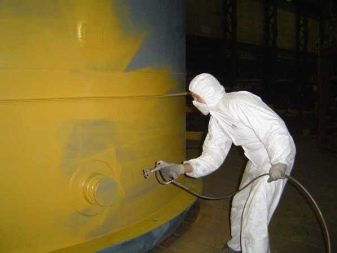
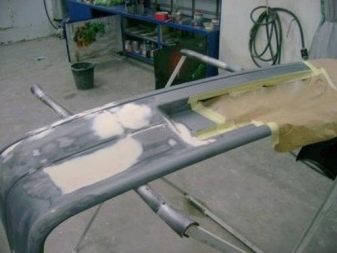
Advantages of compositions for metal
High quality materials for metal surfaces have the following advantages:
- Coatings must reliably protect surfaces from mechanical stress, provide resistance to abrasion. A sign of unreliability and poor quality of the primer is the low strength of the coating.
- If we focus on the standards, it can be noted that the primer must protect the surface from corrosion for five years (at least). Of course, this can only be achieved if the substrate is carefully prepared before applying the material.
- High quality epoxy primers for metal surfaces are resistant to petroleum products.
Thanks to this, they can be used at gas stations, workshops and other similar places.
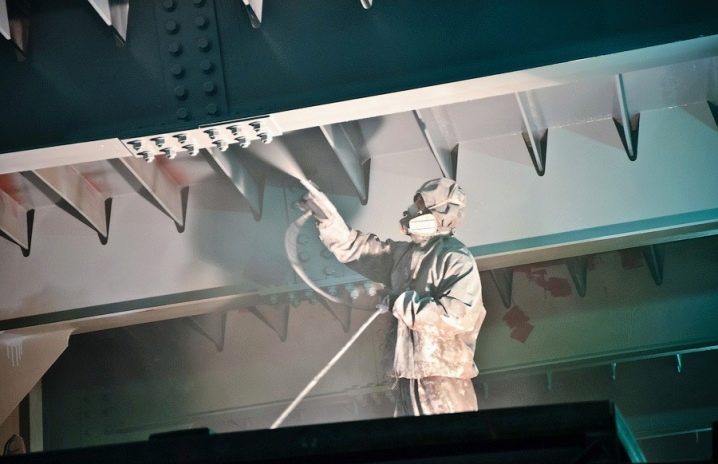
- Good epoxy primers are resistant to alkalis and acids. This is a very important advantage: it is a guarantee that the base will be reliably protected even if unforeseen circumstances arise.
- The dried coating must be absolutely safe for human health. Such materials are always certified, very strict requirements are imposed on them. If there are no documents confirming the quality of the material, it is better not to purchase it. Otherwise, you may end up with a poor quality primer that will not provide reliable surface protection.
- If you are not sure that you can navigate the variety of materials on the modern market, it is better to get the advice of an experienced specialist. It is also worth trying to get as much information as possible about the manufacturer of the primer you are interested in.

- In cases where it is necessary to use an epoxy primer indoors, it is better to opt for a solvent-free option. This will allow the primer to be applied without fear of poisoning. In other cases, formulations with solvents are fine: usually they are of high quality and more affordable cost.
- Epoxy primer is compatible with many colorants. Thanks to the versatility of such materials, you can be sure that the result will not disappoint in the end.
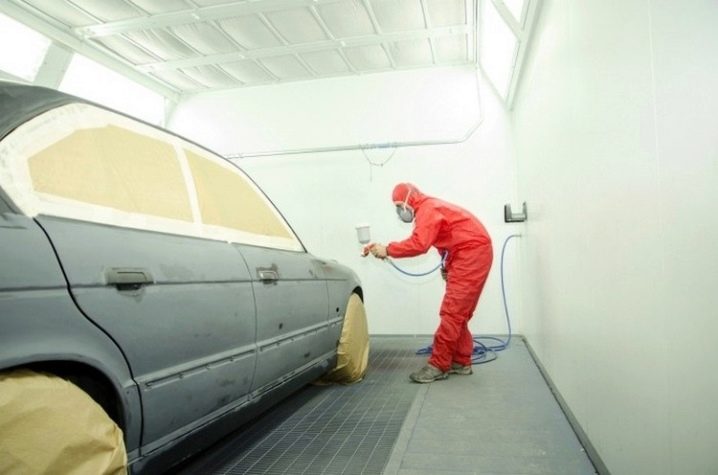
Other distinctive features
Epoxy metal primer is usually applied in 3 coats. This amount of primer is enough to provide reliable surface protection for several years.
Two-component primers for metal surfaces. They consist of components that improve the protective properties of the coating and increase its strength, as well as an epoxy base. It is necessary to add a hardener to the solution.
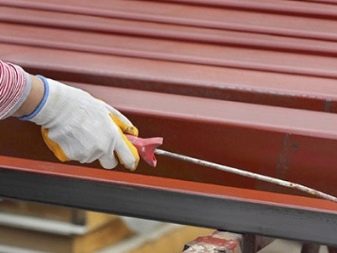
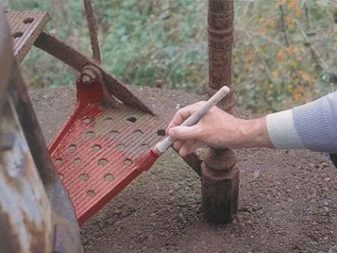
For plaster and concrete
Such primer materials are divided into two-component and one-component. It is worthwhile to understand in more detail the features of each type.
One-component
These primers have the following features:
- Ease of use. You will not need to worry about how to properly prepare the solution. You do not have to think about the accuracy of proportions: such materials can be used immediately.
- One-component primers are fireproof. You don't have to worry about the coating catching fire.
- Such coatings protect wood surfaces from exposure to liquids. You will be able not to buy impregnation - and thus save money.
- These primers provide good adhesion. With the help of a one-component primer, it will be possible to prepare for finishing even such surfaces that do not absorb well: painted structures, ceramic bases, and so on. Similar compositions are suitable for PVC, linoleum.

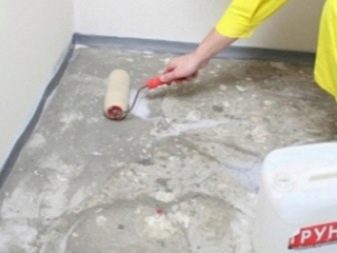
Two-component
Let's consider the distinctive features of two-component primers.
- They cannot be applied to damp substrates. Otherwise, the reliability of the material will be significantly reduced, as the adhesion will deteriorate.
- The surface usually dries up within twenty four hours. The coating is fully prepared for loads in a week. Do not expose the surface to stress too early, the coating will not be able to withstand them.
- Excellent penetration properties provide very high strength. Such coatings almost never crack or flake off.
- Two-component primers are highly durable. Due to this, their performance properties are retained for the longest possible period.

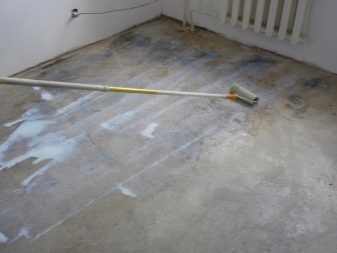
A standard two-component concrete primer works very well for self-leveling floors. There are also "fast" compounds that are used for express processing of concrete.
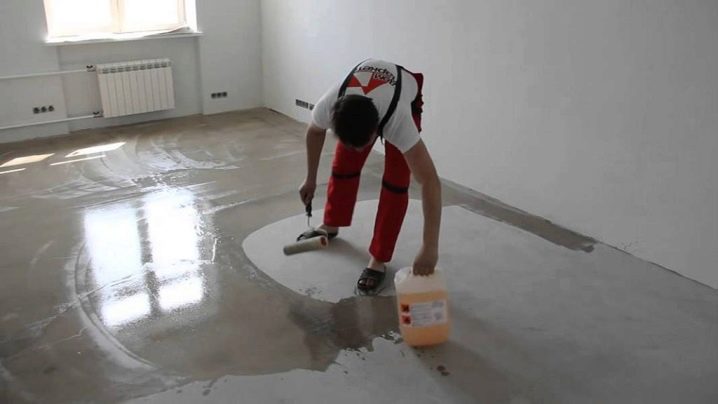
Zinc-filled
This primer is suitable for use on steel surfaces. Such primer materials are resistant to the effects of various chemicals, oils, liquids. They are characterized by increased abrasion resistance. The color of these primers is gray. Zinc rich epoxy primers can be used as stand alone coatings.
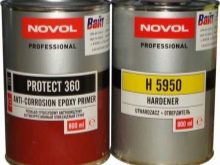
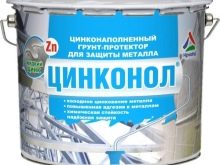
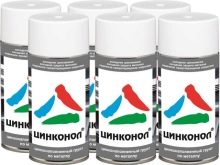
disadvantages
Epoxy primers also have certain drawbacks. Such coatings dry for a long time. Even if you take into account all the recommendations when processing the surface, it will take at least twelve hours to completely dry. This often takes at least a day.
It is not recommended to dry the primed base forcibly - otherwise, bubbles may form on the surface. Another disadvantage of this drying method is the uneven drying of the layers. Such a coating will not differ in durability.

How to choose?
The choice of the most suitable epoxy primer should be taken as seriously as possible. If you do not know how to decide on the manufacturer and type of primer, it is better to seek professional help.
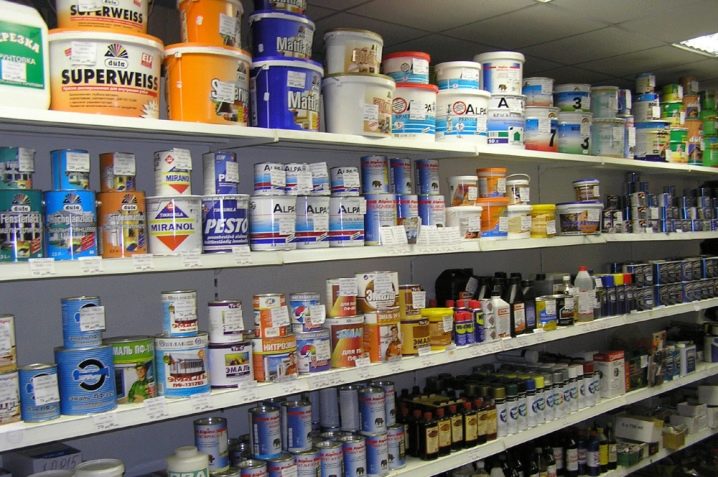
In the event that this is not the first time you have done finishing work with your own hands and already have some experience in using epoxy primers, you can focus on your own preferences.
If the job is small, you can opt for aerosol. It works quickly and is easy to use.
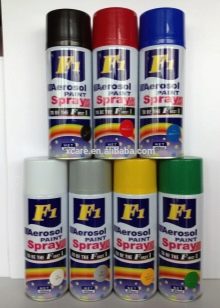
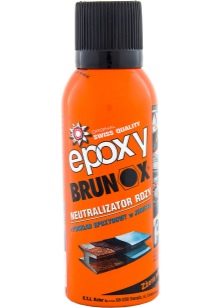
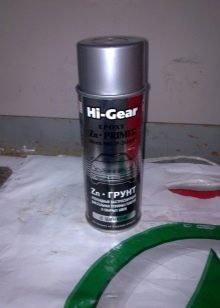
Materials in spray cans
Epoxy primer in a spray can has certain advantages.
- The primer material that remains in the spray can after the first use can be applied as many times as you need. However, after finishing work is completed, you will need to clean the sprayer from the remaining primer.
- The jet can be very thin (if you have certain skills). Thanks to this, even very difficult surfaces, hard-to-reach places can be treated with an aerosol primer.
- This epoxy primer can be prepared for use as soon as possible. You just need to shake the balloon a few times (this should be done quite hard).
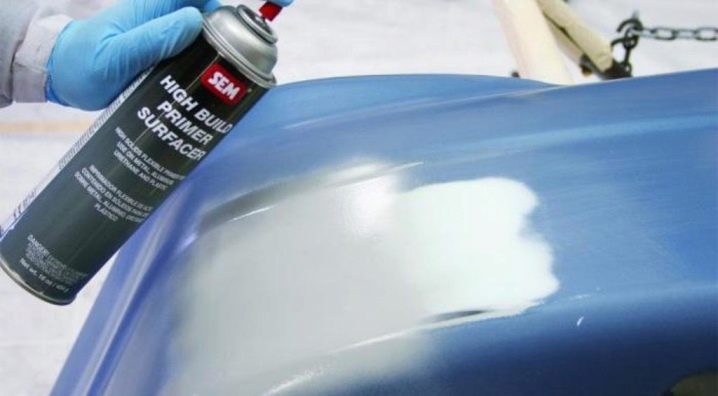
The nuances of using aerosol products
Conventional two-component primers are usually over-prepared. Then you have to think about what to do with the remaining composition. After a while, such material hardens anyway, so it will no longer be possible to reuse it. There are no such problems with aerosol primers. While they can be quite expensive, you can still save money by not wasting a lot of material.
However, it should be borne in mind that aerosol primers cannot be stored for very long (as opposed to two-component options). It is not recommended to remove such compounds in the basement or garage and forget about them for several years. Their term of use is limited.... Do not forget that they are designed for small areas.
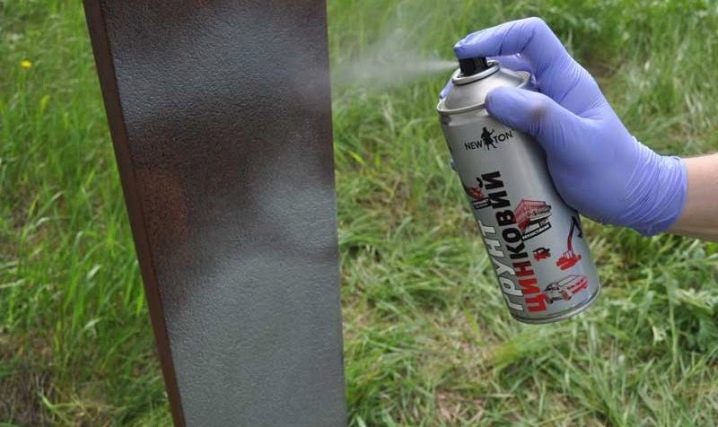
Since the surface must be prepared before using primers, the ease of use of an aerosol primer does not mean that, for example, scratches on a car can be treated right on the street, immediately after a defect occurs. This usually results in the surface having to be primed again.
However, in the presence of salty liquid and hot weather, it is best to use a spray can of epoxy spray primer to cover the scratches on the car.
This coating will be removed when you go to the workshop, but it will protect the surface from hidden salt corrosion.

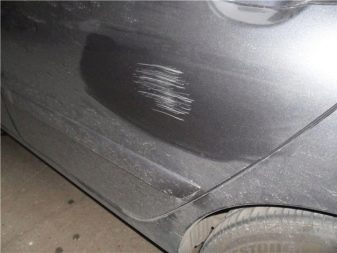
How do I prepare the base?
In this regard, epoxy primers are quite unpretentious: you do not have to carry out a long and overly thorough surface preparation. However, you still have to prepare the base, otherwise the material may adhere worse to it.
Remove dirt, dust from the surface, let it dry before applying the primer.

Soil preparation
You need to mix the hardener and epoxy, which is the base. Then you should get a homogeneous consistency (by thoroughly mixing the material).
If there are lumps in the primer, it is possible that the coating will then begin to flake off from the surface.
It is recommended to start preparing the mixture half an hour before applying it to the base.


When preparing the composition, you need to consider what exactly you will apply it with.If a paintbrush or roller is used as a tool, the material can be quite viscous. In the case of using a spray gun, it is worth using a special solvent so that the primer can be easily applied to the surface.
In order not to immediately prepare too much primer, you should first calculate how much primer is needed for a two-hour work. If you do not have time to use the entire composition, the residues can solidify.
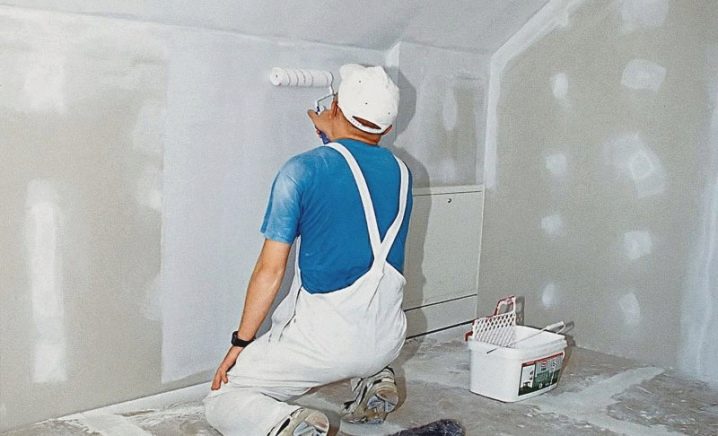
Application
Various tools can be used to apply the primer. It is necessary to wait until the layer is completely dry before applying the next one. The thickness of the layers is different: it depends on the functions that the primer must perform, as well as on the condition and type of the substrate.
Sand the last layer thoroughly... In the event that you plan to paint not a primer, but a putty, you do not need to sand the finishing layer.
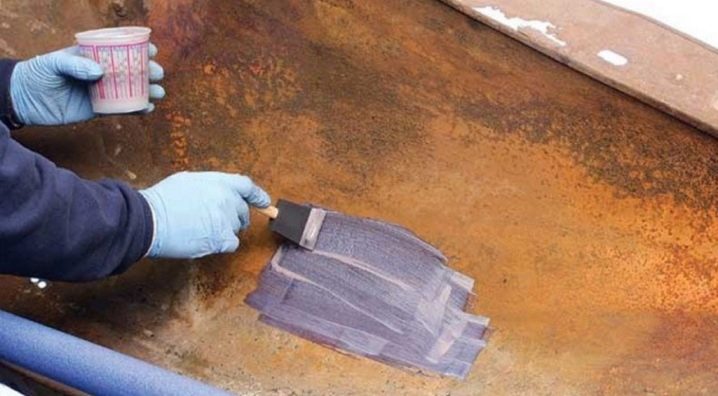
After applying the primer, you will need to rinse out any tools you have used. This can be done with a solvent. Spray guns need to be washed especially thoroughly., since it will be impossible to use such a tool due to the hardened primer composition.
Precautionary measures
When using an epoxy primer, there are certain rules to keep in mind.
- If you are using a spray gun to apply a primer to electrically conductive components, do not direct or approach the jet.
- Do not apply primer near fire sources.
- Remember to use personal protective equipment. When working with epoxy primer, it is necessary to protect the respiratory tract, eyes, skin.
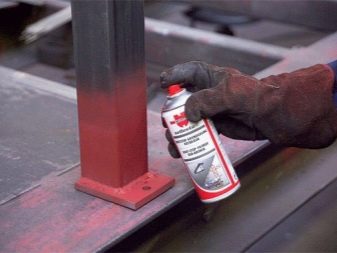

Primer manufacturers today offer a wide variety of options. When planning to purchase material, carefully read the information that is indicated on the packaging, pay attention to the characteristics of the primer. It should be remembered that all manufacturers and the primers themselves have their own characteristics.
If you choose the right epoxy primer as carefully as possible, you will not be disappointed with the results: the service life of the coating will be very long.
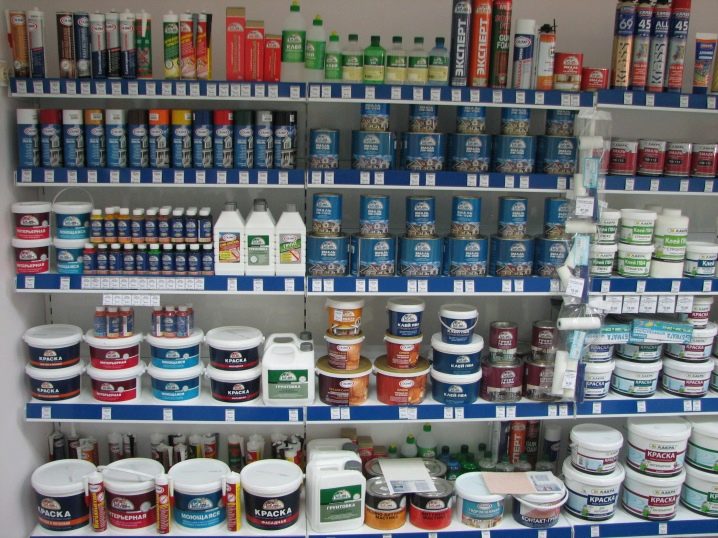
The scope of application of an epoxy primer is discussed in the following video.













The comment was sent successfully.